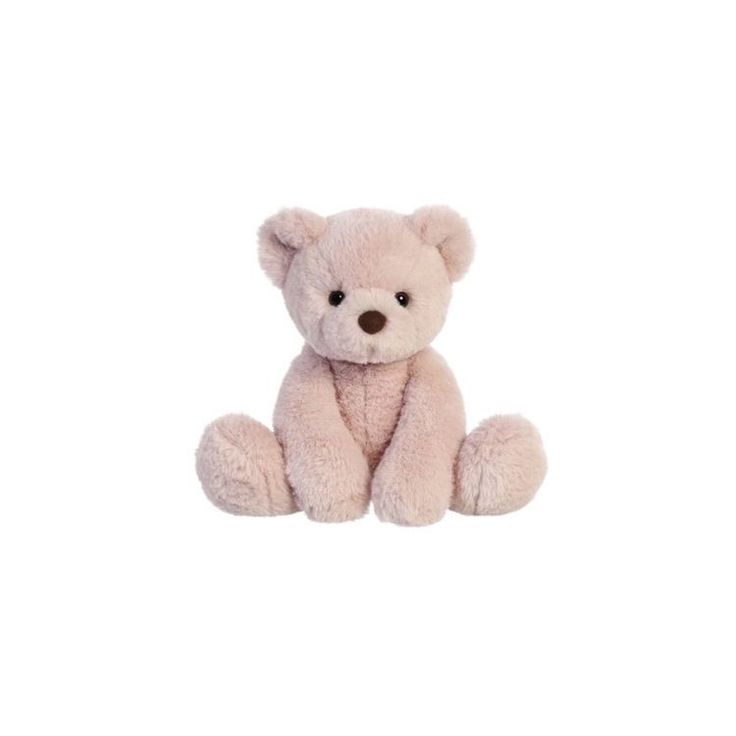context
Cards (15)
- produced by Proctor and Gamble (P&G) in the United States in the 1950s.
- P&G is one of the world’s biggest companies and leading producers of cleaning products.
- P&G launched Tide in 1946 and it quickly became the brand leader in America, a position that still remains today.
- Tide is still the highest selling washing detergent brand in the world, with 14.3% share of the global market.
- The DMB&B advertising agency handled P&G’s accounts throughout the 1950s.
- Its campaigns for Tide throughout the 1950s referred explicitly to the P&G brand because market research showed that P&G was a trusted household brand.
- DMB&B used print and radio advertising campaigns concurrently in order to quickly build audience familiarity with the brand.
- Both media forms used a “housewife” character and highlighted the ideology that its customers “loved” and “adored” Tide.
- The post-WWII consumer boom of the 1950s includes the rapid development of new technologies for the home, designed to make domestic chores easier.
- Vacuums, Microwaves, Washing machines, all became desirable to the 1950s consumer.
- Print adverts from the 1950s conventionally used more copy than we’re used to seeing today.
- Consumer culture was in its early stages of development in the 1950s, and with so many ‘new’ brands and products entering the market, potential consumers typically needed more information about the product than modern audiences.
- symbolic codes were clearly successful as P&G’s competitors were overtaken, making Tide the brand leader in the 1950s.
- Women were the primary market for the technologies and products being developed for the home.
- increasing popularity of supermarkets meant wider ranges of products
